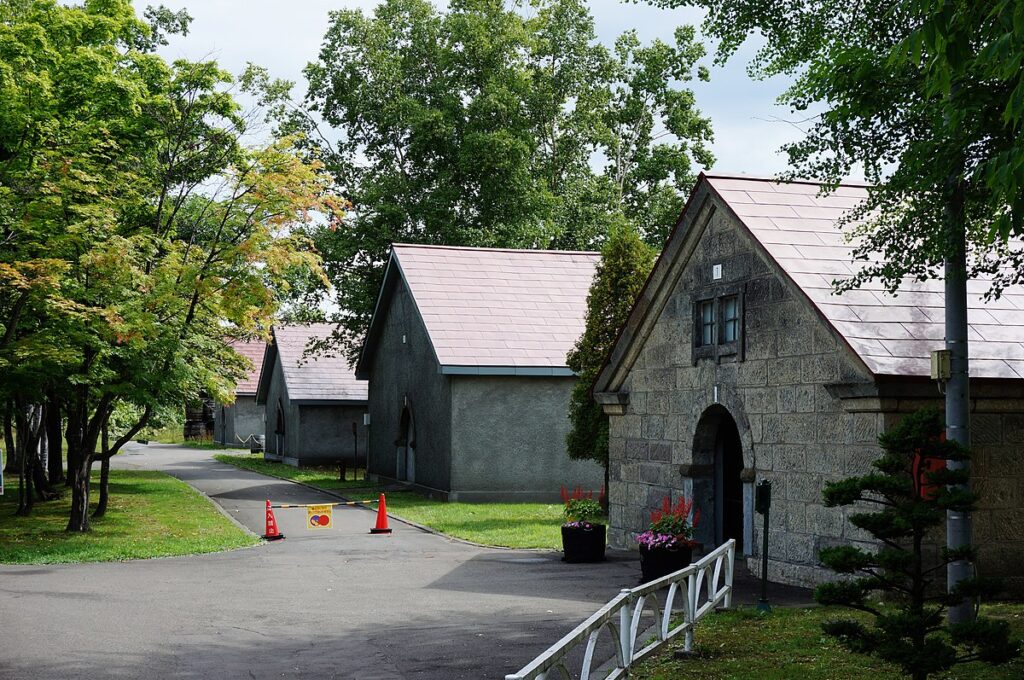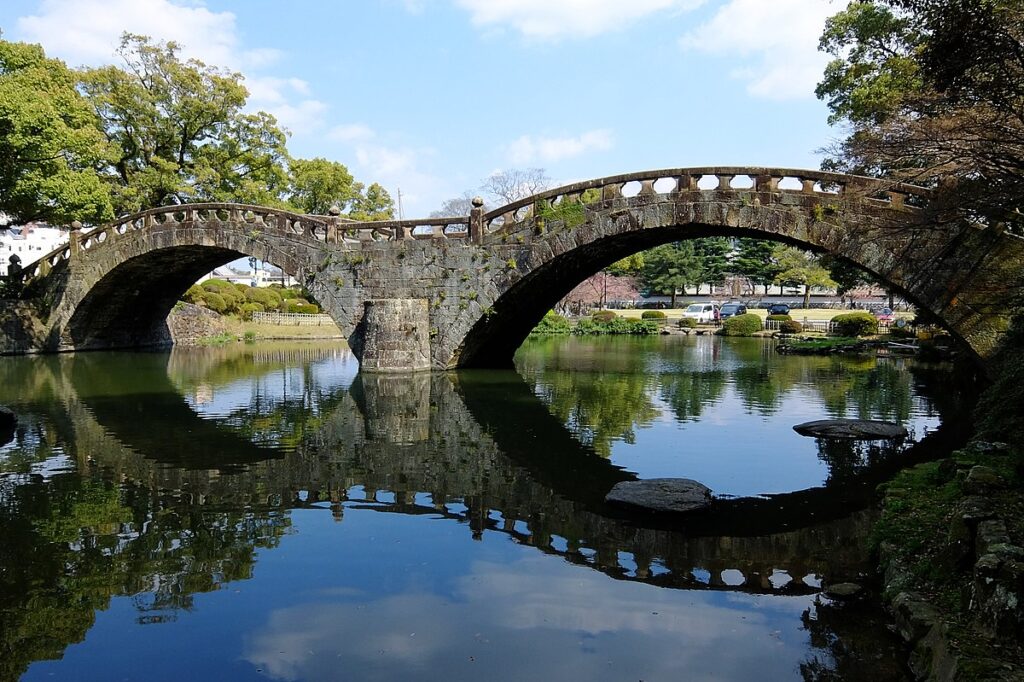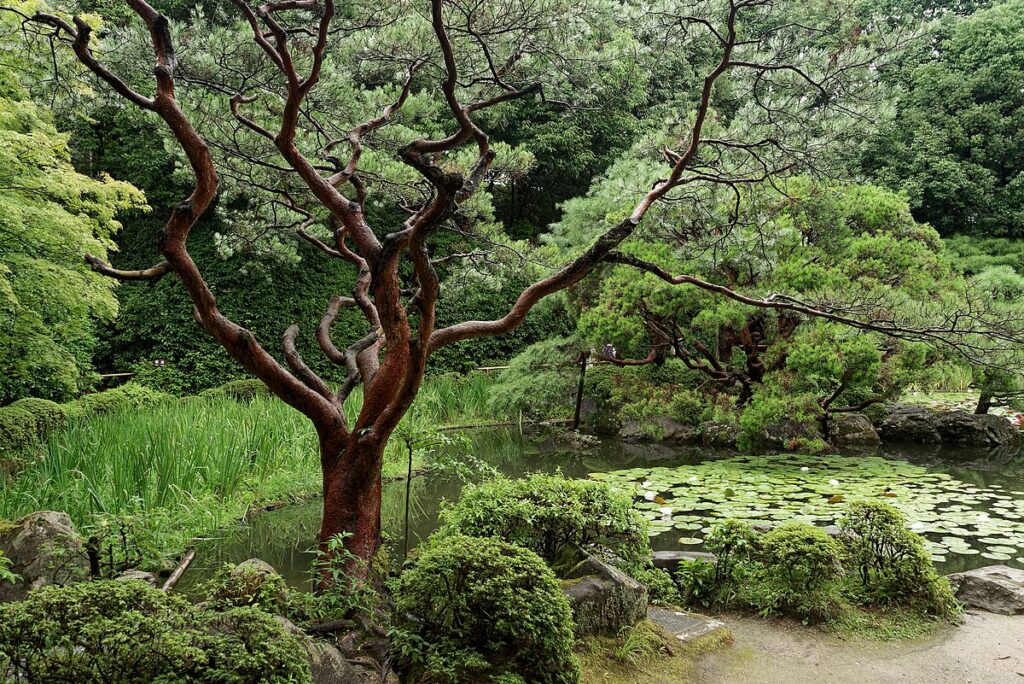Tourist attractions--archive--
-

Nikka Whisky Yoichi Distillery (Yoichi, Hokkaido)
Overview (History, Features, and Appeal) Nikka Whisky Yoichi Distillery was founded by Masataka Taketsuru, known as the father of whiskey making, and is located on the coast of Yoichi Town, Hokkaido. Founded in 1934 (Showa 9), the distillery adapted traditional whiskey production methods learned in Scotland to the Japanese climate... -

Cape Muroto (Muroto City, Kochi Prefecture)
Overview (History, Features, and Attractions) Cape Muroto is a cape in eastern Kochi Prefecture, jutting out from the southeastern tip of Muroto City. Its majestic scenery, including rugged sea cliffs, oddly shaped rocks, and a wide horizon, is a defining feature. Known since ancient times as a key navigation point, the entire cape is known as "Muroto..." for its precious marine topography and geological features. -

Niyodo River (Niyodogawa Town, Kochi Prefecture)
Overview (History, Features, and Attractions) The Niyodo River is a representative clear stream of Kochi Prefecture, known nationwide for its crystal clear blue water, known as "Niyodo Blue." Niyodogawa Town is located in the middle to upper reaches of the river, and is home to the pristine Tosa landscape, including abundant nature, beautiful valleys, and submerged bridges (low-water bridges). -

Mizuki Shigeru Road (Sakaiminato City, Tottori Prefecture)
Mizuki Shigeru Road (Sakaiminato City, Tottori Prefecture) Overview (History, Features, and Attractions) Mizuki Shigeru Road is a shopping street-style street stretching approximately 800 meters from Sakaiminato Station in Sakaiminato City, Tottori Prefecture. It is a tourist spot themed around yokai (ghosts) from manga artist Shigeru Mizuki's masterpiece, "GeGeGe no Kitaro." It was established in 1993... -

Kifune Shrine (Sakyo Ward, Kyoto City, Kyoto Prefecture)
Overview (History, Features, and Attractions) Kifune Shrine is an ancient shrine located in Kurama Kifune-cho, Sakyo Ward, Kyoto City, dedicated to the water god Takaokami-no-kami. Since ancient times, it has been worshipped as a god of water blessings and rainmaking, and since the Heian period, it has been revered by members of the imperial family and aristocrats. -

Megane Bridge (Nagasaki City, Nagasaki Prefecture)
Overview (History, Features, and Attractions) Meganebashi Bridge is a stone arch bridge spanning the Nakajima River in Nagasaki City. It was named after the way the arches of the bridge and their reflections in the water resemble glasses. Built during the Edo period, it is one of the oldest stone bridges in Japan. -

Otani Museum (Utsunomiya City, Tochigi Prefecture)
Overview (History, Features, and Attractions) Oya Museum is an indoor museum located in Oyacho, Utsunomiya City, Tochigi Prefecture, utilizing the former Oya stone quarry. The museum preserves and opens to the public the underground space (quarry site) where Oya stone was once actively mined, and... -

Heian Shrine (Sakyo Ward, Kyoto City, Kyoto Prefecture)
Heian Shrine (Sakyo Ward, Kyoto City, Kyoto Prefecture) Overview (History, Features, and Attractions) Heian Shrine was founded in 1895 (Meiji 28) to commemorate the 1,100th anniversary of Kyoto becoming the capital of Japan in 794 (Enryaku 13), when the capital was established. The main hall and the large, vermilion-lacquered shrine building, reminiscent of the Chodoin and Otenmon Gate gates of the Heian period... -

Mount Hakodate (Hakodate City, Hokkaido)
Overview (History, Features, and Attractions) Mount Hakodate is a 334-meter-high mountain located south of the center of Hakodate City, Hokkaido. It is known for its panoramic views of Hakodate City, Hakodate Bay, and the Tsugaru Strait. The night view from the summit is considered one of Japan's three greatest night views, attracting many tourists from both within Japan and overseas. -

Okayama Korakuen Garden (Okayama City, Okayama Prefecture)
Overview (History, Features, and Attractions) Okayama Korakuen Garden is a representative Japanese garden located in Okayama City, Okayama Prefecture, and is considered one of Japan's three most famous gardens. Designed as a strolling garden with a pond as a feudal lord's garden during the Edo period, its alluring landscape, integrated with the castle town and Okayama Castle (Karasu Castle), is...





